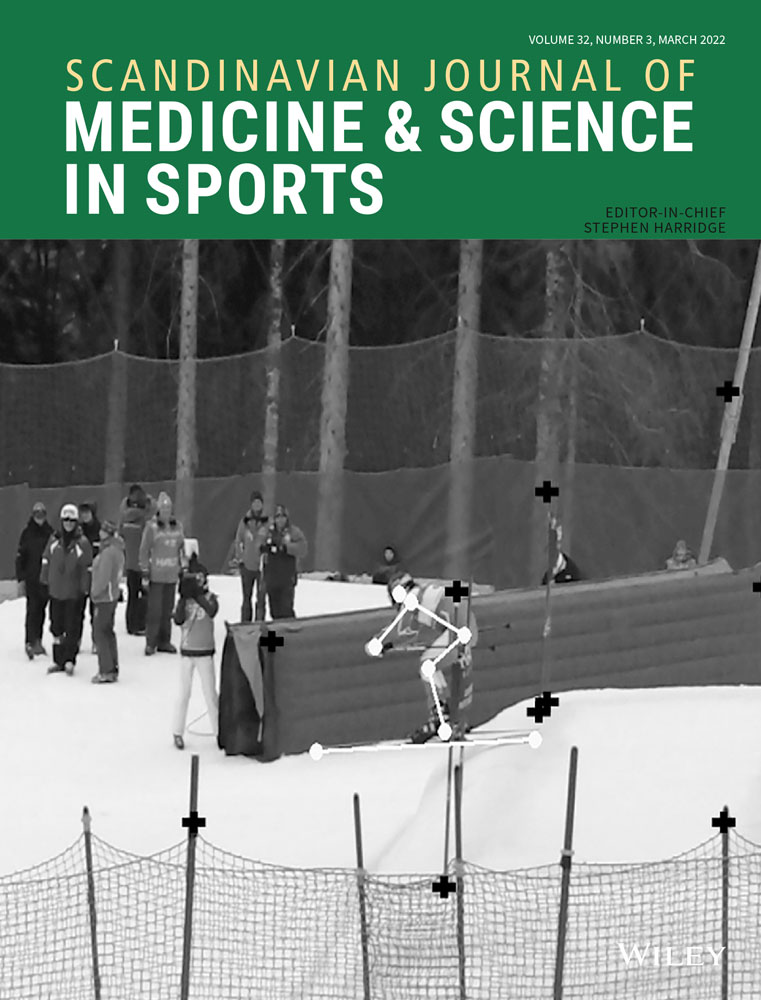Effects of balance training with stroboscopic glasses on postural control in chronic ankle instability patients
Funding information
This study was partially funded by the National Athletic Trainer's Association Research and Education Foundation
Abstract
Individuals with chronic ankle instability (CAI) are believed to rely more on visual information during postural control due to impaired proprioceptive function, which may increase the risk of injury when their vision is limited during sports activities.
Objectives
To compare (1) the effects of balance training with and without stroboscopic glasses on postural control and (2) the effects of the training on visual reliance in patients with CAI.
Design
A randomized controlled clinical trial.
Methods
Twenty-eight CAI patients were equally assigned to one of 2 groups: strobe or control group. The strobe group wore stroboscopic glasses during a 4-week balance training. Static postural control, a single-leg hop balance test calculated by Dynamic Postural Stability Index (DPSI), and the Y-Balance test (YBT) were measured. During the tests, there were different visual conditions: eyes-open (EO), eyes-closed (EC), and strobe vision (SV). Romberg ratios were then calculated as SV/EO, and EC/EO and used for statistical analysis.
Results
The strobe group showed a higher pretest-posttest difference in velocity in the medial-lateral direction and vertical stability index under SV compared with the control group (p < .05). The strobe group showed higher differences in EC/EO for velocity in the medial-lateral and anterior-posterior directions, and 95% confidence ellipse area (p < .05), and in SV/EO for velocity in the medial-lateral, 95% confidence ellipse area, and YBT-anterior direction (p < .05).
Conclusion
The 4-week balance training with stroboscopic glasses appeared to be effective in improving postural control and altering visual reliance in patients with CAI.
CONFLICT OF INTEREST
The authors certify that they have no affiliations with or financial involvement in any organization or entity with a direct financial interest in the subject matter or materials discussed in the article.
Open Research
DATA AVAILABILITY STATEMENT
The data that support the findings of this study are available from the corresponding author upon reasonable request.




